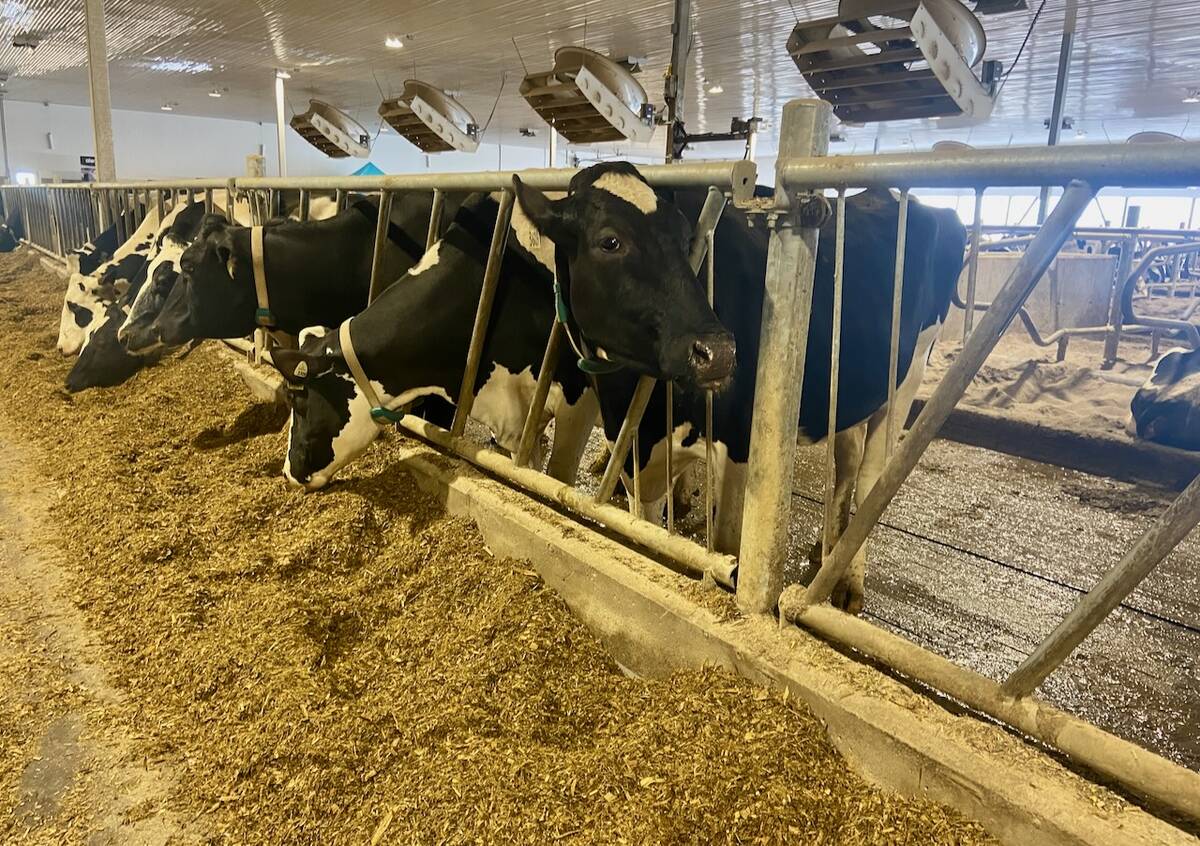BROOKS, Alta. — Kan-Fa Chang is a man who stands alone in his field.
That’s because this Alberta Agriculture plant pathologist has seeded plots of pulses that are full of fungal diseases.
He and other researchers want to see the full impact of blights like fusarium, pythium, rhizoctonia and aschochyta.
These fungi appear in numerous forms and infect different species of plants in a variety of ways. They can all be economically devastating, Chang said during a field day at the crop diversification centre at Brooks.
Read Also

U.S. farm group supports supply management
U.S. grassroots farm advocacy group pushing new agriculture legislation that would move towards supply management like Canada has for dairy industry
“It is a limiting factor for Alberta pea producers.”
Farmers are advised to use treated seed and scout their fields for signs of fungal diseases in peas, chickpeas, dry beans and lentils. Spraying should start at the first sign of disease and may require three applications to ensure the disease is gone from the current plant as well as the new growth.
“Onetime applications can stimulate resistance by the fungi,” he said.
The decision to spray should also be based on the value of the crop, the field’s history and the environment. Most fungal diseases thrive in cool, wet weather.
Researcher Sheau-Fang Hwang also recommends treating seeds for fungal disease, which most commonly attacks the roots of pulses.
Untreated seeds may never germinate, especially if they were planted in moist, cool soil. She also suggests seeding early to give the plants a head start and hopefully, a competitive edge. They start blooming in July and can be harvested before the fall frosts.
In addition to seed treatments, seeds should be healthy. Cracked ones are susceptible to disease and may not germinate properly or develop weak roots.
Another way to protect plants is to plan crop rotations carefully. Fungi such as rhizoctonia do not attack cereals but can ruin pulses and canola. These diseases can also affect potatoes, a high value crop.
Michele Konschuh is running 14 different trials on potato varieties looking at potential seed and plant treatments. Seeds and soil are infected with various fungi to see how well they grow and what kind of tubers each plant sets.
If a plant is infected with rhizoctonia, it may not be detected immediately above ground. Instead the fungus is busy infecting roots and tubers.
One symptom of rhizoctonia in potatoes is black scurf, which looks like dirt that cannot be washed off. This can be peeled off so is not as economically serious as other forms of fungus that prevent the plants from forming tubers or stunt their growth.















